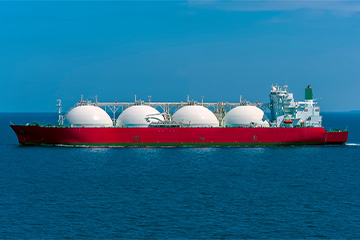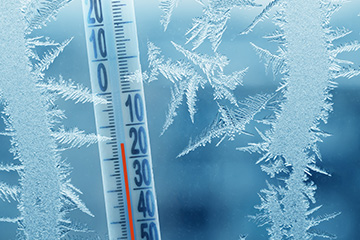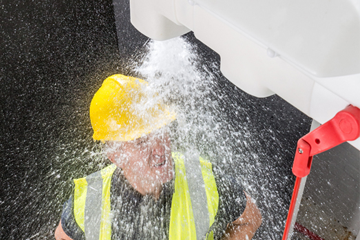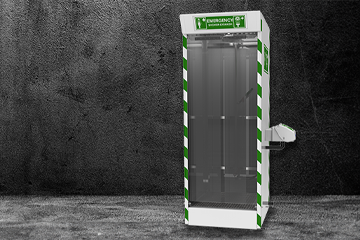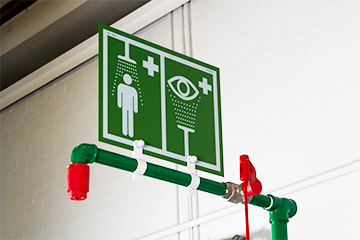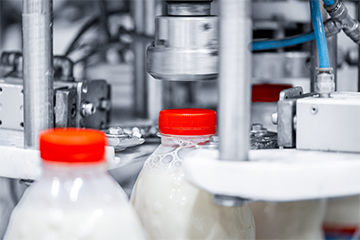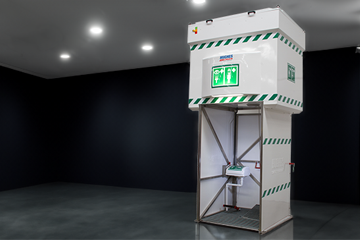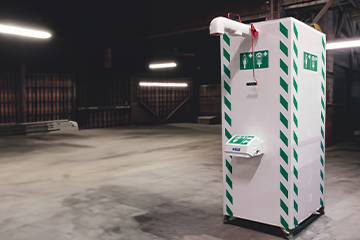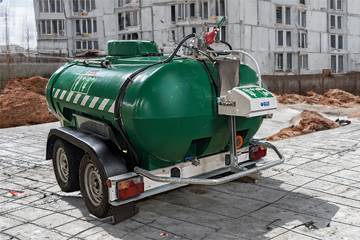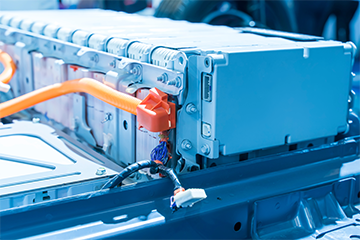Enquiry List () (0)
- Mar 28, 2025
Avoid Liquidating Safety Procedures: LNG Processing Hazards & How to Protect Your Workforce
Natural gas currently makes up about a quarter of the world’s energy provisions. In a global effort to reduce our carbon emissions, more and more countries are turning to liquefied natural gases (LNG) as an alternative to traditional fossil fuels. LNGs emit 30% less carbon dioxide than oil and up to 60% less than traditional coal plants.




